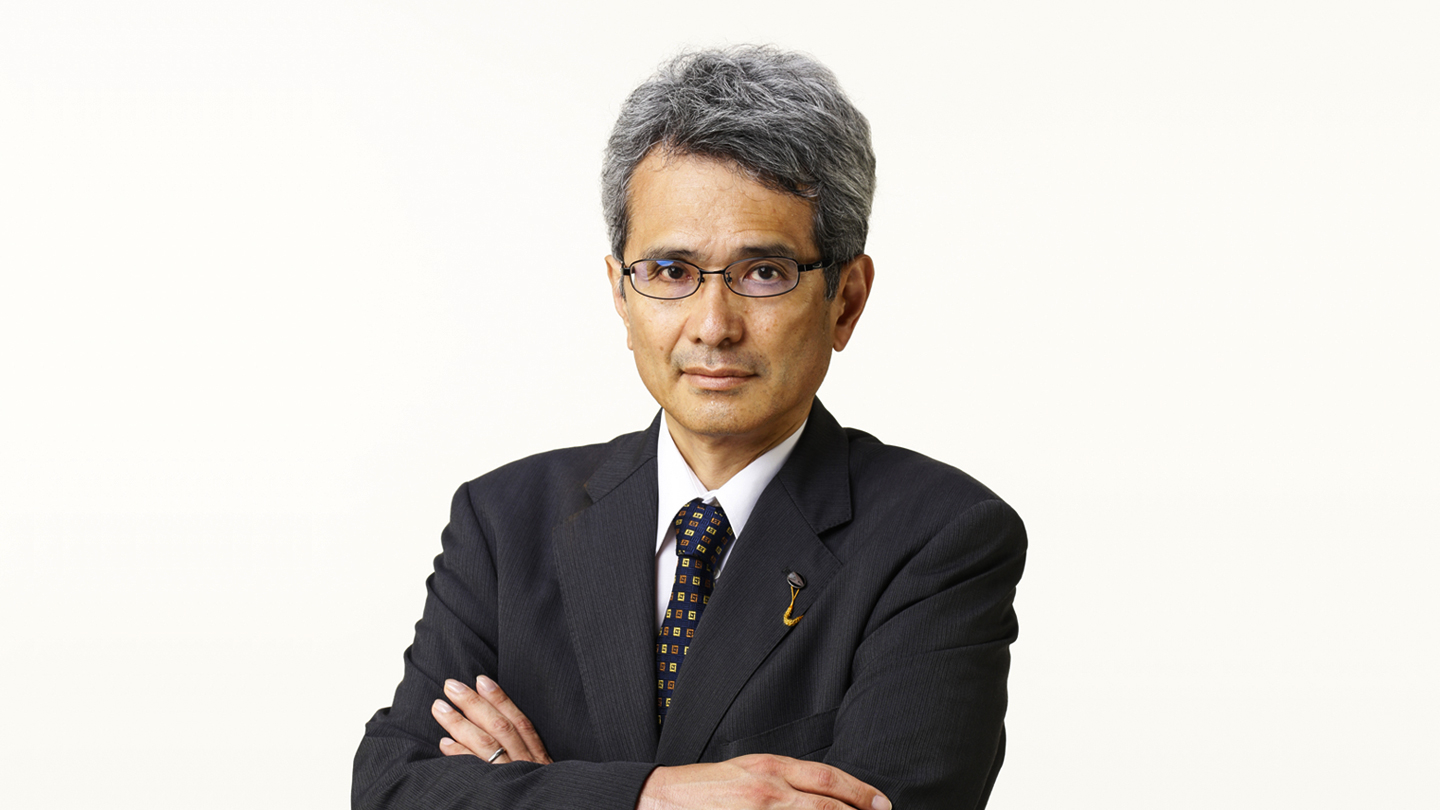In September 2015, Shukan Anzen Hosho (Weekly Defense and Security Issues) launched on the Internet. The first of its kind in Japan, this live program lasts two-and-a-half hours. In it, Nose invites viewers to send in video footage that deals with national security issues, which he then airs on the show with minimal editing. Viewers can respond and ask questions or volunteer ideas in real time. Nose calls this “collective intelligence.”
Most of Nose’s viewers, which now number “in the ten thousands,” he says, are well informed about weapons, and they are adept at combing the Internet for footage of North Korea. And sometimes when they sense that Nose isn’t understanding a point someone is making, they tweet more information at him until he gets it. “Initially we made this a TV program so that we could provide information to the audience,” says Nose, “But now the situation is that the audience is providing information and the footage and knowledge.”
As an example, Nose recounts how early one morning in December, he received commercial satellite footage from an audience member who goes by the handle “Mr. Gu Tarao.” The footage was taken in the Kusong area of western North Korea. Nose and the rest of the audience already knew that this was a tank and fighting vehicle training area, but the footage showed a new facility that looked like a tower.
“He thinks this is a new facility to test launch a new SLBM [submarine-launched ballistic missile],” says Nose. “We are surprised about this information. If this is true—it’s not confirmed—that means North Korea wants to launch a new ballistic missile not to the east but to the south. That means a longer range than former SLBMs. This is just my guess. And this is a very serious situation, if it’s true, for Japan and South Korea, and also other countries near the Far East.”
Nose’s audience has identified other weapon storage sites and possible missile launch paths. They have also found video footage from North Korea of American-manufactured MD500 helicopters. Nose and his audience aren’t sure how North Korea acquired the helicopters, but they guess they must be about 15 years old and are similar to the helicopters used by South Korea. “So we found out from this video footage what a serious situation this is for the South Korean army nowadays,” says Nose.
“So this situation in East Asia, it’s just coming closer and closer to America.”
The viewers are keeping close watch on a certain missile test facility that recently got a temporary roof and walls. They believe that the reason for the temporary structure is because the North Koreans plan to test a Hwasong-15 ICBM missile, which was too big for the original space. The Hwasong-15, says Nose, is powerful enough to reach the United States.
The Japanese government is aware of Shukan Anzen Hosho, and both the Defense Minister and his deputy have made appearances. Japan’s Self-Defense Forces also links to the program from its website.
Although he has written several books about missiles and national security, Nose says that he has learned a lot since he started the program. He hopes this broadcasting format, with the audience providing information and feedback, will increase in the future and expand to other countries. He sees his visit to SXSW as an opportunity to get Americans involved in scouting for information about North Korea.
“So this situation in East Asia, it’s just coming closer and closer to America,” he explains. “President Trump says so, the U.S. Government says so, so if there is any way that we can share information that would be great.”
Nobuyuki Nose presented “North Korea: the Lowdown from Grassroots Reports” at SXSW 2018. Listen below:









